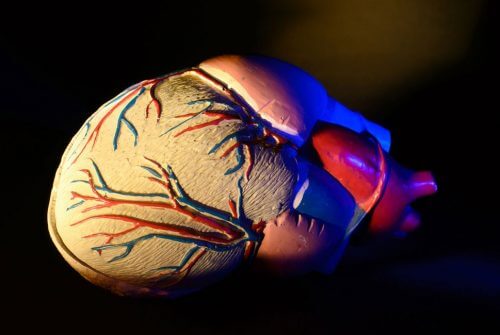Breakthrough technological developments in the field of health affect the lives of all of us. However, it is still unclear whether the innovations have an impact on health insurance or what a standard visit to a family doctor will look like 10 years from now

A brief overview of technological innovations in the field of health reveals a long series of surprising developments. You can see it in genetic tests for cancer detection, innovations in the field of fertility for men and women, cataract surgeries with incredible success rates, and more. Each field has its own characteristics, but the principles can be followed and used to test how it is likely to affect the lives of all of us.
For example, the first artificial heart transplant was performed in Israel in 1994, but for over a decade it was a last resort for dying patients. On the other hand, in recent years it is a technology that is becoming more and more sophisticated. In 2010, a small and advanced device was introduced and the trend is to increase the number of patients undergoing the transplant.
A conference held in December 2014 in Israel made headlines for startups that offer alternative treatment tools for attention and concentration disorders based on the recording of electrical activity in the brain, an application to streamline the processes of writing prescriptions and receiving medications, and software for hospitals that is used to monitor the mental state of patients and identify changes in behavior that indicate worsening.
Another technological innovation in the field of the heart was presented in a study published in 2015. The innovation may in the future replace heart transplants using a cardiac patch that combines gold nanoparticles with biological materials taken from the patient himself. At the same time, there is an international race to find a solution to the problem of the lack of an alternative to necrotic muscle cells after heart attacks and the intensive development of systems and applications for monitoring the condition of heart patients remotely.
Emotion analysis using voice and a smart home for medical monitoring
Israel is at the forefront of technological innovations in the field of health. Last year, local companies presented significant innovations in the field of cardiology, brain, blood vessels and digital medicine. The innovations are integrated into devices that are able to monitor physical activity, analyze emotions through voice and identify the possibility of diseases by analyzing existing medical information and algorithms that turn ordinary X-ray examinations into XNUMXD holograms.
Also, everyone over the age of 30 is exposed to apps for taking medications, videos for explanations of treatments and online platforms for medical consultations with hospitals. To these should be added the smart home that can conduct medical monitoring and the physiological rehabilitation that is already carried out today in some institutes using computer games.
What does a computerized medical file mean?
The million dollar question is how all the innovations affect the insured of the insurance companies and the health funds. In principle, the goal is to determine the The cost of health insurance while reducing the companies' risk level. The better the insurance policy is adapted to the patient, the more he will benefit from cheap premiums that are consistent with his medical condition.
One of the ways to make this kind of adjustment is to use a computerized medical file. Electronic medical records called RME are available for use as part of the database of doctors and health insurance companies, and are common in retrieving individual information. Computing is rapidly penetrating fields of research that touch on medicine such as imaging, materials engineering, nanotechnology and simulation tools. The result is a doctor's visit that is already today based on the consumption of data found on the net and the danger is information leakage.
The main problem at hand is how to integrate the innovations without harming privacy. The immediate solution is to obtain the approval of each individual patient, but in the long term regulation will be necessary. In any case, the issue is in its infancy and it is likely that the digital age in medicine will still evoke quite a few echoes among health organizations.
* This article is marketing content on behalf of the advertisers and under their responsibility.

One response
In ten years from now when I get to the KPFH I will still find a doctor who types on the computer with one finger and at the pace of a dead turtle.
The gap between the research running forward and the wretched reality on the ground is widening. The researchers thereby lose the basic infrastructure of the population that supports them